„tossing and turning, crushing and teasing, breaking and shaping” are the verbs with no subject or object through which Virginia Lupu, in collaboration with curator Adriana Trancă, names her solo show at Suprainfinit gallery. The society that Virginia is a part of, namely the Bucharest trans community, which she presents in photographs, is a relatively less approached area that is both fruitful and difficult to illustrate. But Virginia Lupu’s eye has adapted, and she is speaking (because this art show is an opportunity and a pretense for dialog) as an adopted member, integrated in the community, living with five trans girls in an adjacent apartment, going out clubbing, establishing informal relationships, but not as an anthropologist who lives within a community and then later translates his experiences for his fellow men, but rather as a portrait maker for the members, looking to eliminate the impression that there is a barrier between communities that is determined by people’s perception on sexual orientation and lifestyle; and the liberating and unifying principle for stating an aesthetic for this community is kitsch.
From the free market’s perspective, kitsch is a way of defining yourself at a personal level or a social category, and (the latter being indirect) by appropriating a certain aesthetic due to a certain taste, by investing it and assimilating it into a culture, it becomes emblematic due to precisely the power of investing of a very large class (no need to mention political reverberations of such social phenomena). Kitsch, without further dividing it into categories, is a characteristic of the middle class, for most people. But the same iconography of kitsch is appropriated here by a sexual minority (which isn’t something new if you consider, for example, camp aesthetics). This results in an interesting tension that might suggest that the community can either be integrated in the everyday, in the social, humanized by the use of the very same objects, or that the mundane becomes filled with new meanings and the identified characteristic common objects bring about identifying with the characters. But the images’ game with everyday objects is to place an element that can implicitly or explicitly refer to the activity of a trans sex worker, which is also very easily integrated in the scenery, from the two wigs on DIY supports flanking a hair dye box („Aphrodite born to love”) to the lube tube that shares its space with a variety of other objects, from rubbing alcohol to tooth picks to a Prestigio tablet („Sex now, love4ever later!”), to the underwear, bras, high-heel shoes and wigs that fill up a fridge, with its very own two-dimensional Jesus, that is now out of order and thus becomes, according to the contemporary economic practice, less valuable than a conventional closet space („Fridge of the future”).
The gaze is essential to Virginia’s show. In the first two rooms, the spectator can gaze without being gazed back upon because there are only objects here. Le regard, theorized by Lacan, is already established at this point with the objects as a sign of human presence, of another, that makes the viewer aware of his own voyeur condition and his relationship with the represented object, the social status specific to it. In this case, if the viewer belongs to a higher class, there can be embarrassment, anxiety caused by lining up his condition to the state of material poverty suggested by the objects, that affect the viewer. At the same time, the objects could simply trigger identification in the viewer, or memories and associations due the iconography, the aesthetic of mass-production which gives birth to a relatable aesthetic.
Yet it is difficult to dodge the political responsibility of any art form that chooses to illustrate a minority. This is not a case of activist art, an art that should be judged by the measurable social impact, nor is it an escapism into a low budget aesthetic, but rather it is the result of a natural fascination and a sympathy which combines the kitsch aesthetic with a more classical aesthetic (I find the body’s portrait in „Leticia Shine and the transition of light” to be interesting according to these standards) that also has documentary value and is exhibited à la Nan Goldin, with humor, but which still keeps the dialog open in respect to the impact and relevance of a potentially new direction of gazing.
The art show could have followed the means of subjugating a disadvantaged community, a critique on the cultural hegemony that marginalizes certain social groups, yet its position is anchored in praxis and everyday. The discourse does not mean to present the financial issues in neither a tragic or a non-sympathetic light, as a whole, but as a component in the self-defining of those photographed as people integrated in a more ample context of assimilating a culture. I am not saying that the subjects in the photos are consciously participating in a common effort of theorizing and representing themselves made by the entire community, with a purely and explicitly social goal. What we see is an individual effort manifested in everyday life, a practice of a certain gender identity and seen as normal in a certain context, which is presented as an opportunity by Virginia Lupu for them to illustrate. The relationship of an outsider looking inwardly at slices of life is inevitable, but there are people who look to the visitor space which makes the viewer feel like he is also viewed, that otherness that is suggested by the contact with the objects in the first two rooms have an open attitude towards gazing. The space prepares this interaction by transitioning to the main room via a corridor with a portrait of Virginia („Next to Intercontinental”) which makes grants the passing, the access to the lives of others.
Through placement, the whole exhibition is like a gazing game, beginning with the perversity of the viewer which, from a distance, observes, questions, judges, takes part in the exhibitionist pleasure of hiding from the gaze (misleading with the familiar objects), plays with the gender identity of such characters whose gender may not immediately transpire (a certain role successfully played out), and finally defying standards and expectations (I’m thinking „German guy fucking young and spicy East European transsexual in apartment room next to Intercontinental”) and openly stating the negation or completion of sex (in this case, the renouncement of a position of power and privilege in favor of passivity, but a passivity which is owned up openly and deafeningly). If transgressing and shocking are the directions of this exhibition, then due to the recent exposure (the contrast with Virginia Lupu’s first solo show, small and ultra-low budget, at „Căminul Artei” is obvious, and the fact that one of her works penetrated the art market thanks to Artmark also speaks volumes), these will have more freedom in a more ample and less friendly discourse, where ideas can bump into each other freely, where the artist refuses to present her subjects, her friends, as passive specimens for studying and condescendingly feeling sorry for.
Virginia Lupu, tossing and turning, crushing and teasing, breaking and shaping was at Suprainfinit Gallery between 14 April – 20 May 2016.
POSTED BY
Rareș Grozea
Rareș Grozea (born 1995) got his B.A. in Art History from the University of Bucharest and is currently studying for a Master's in Berlin....


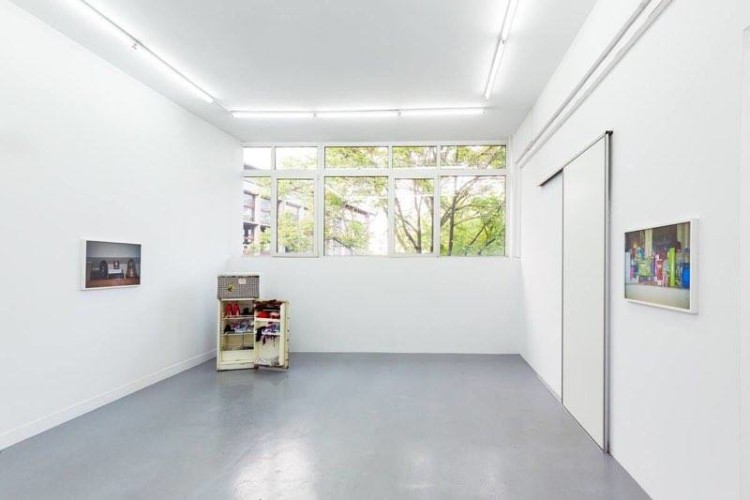
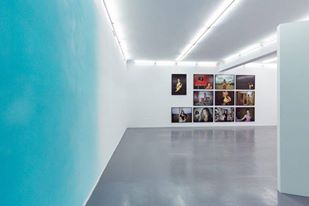
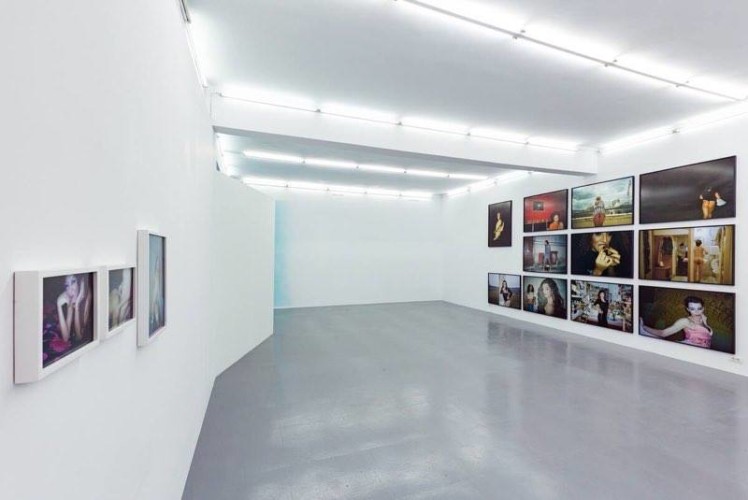
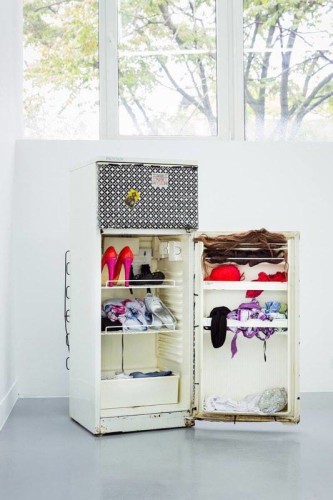
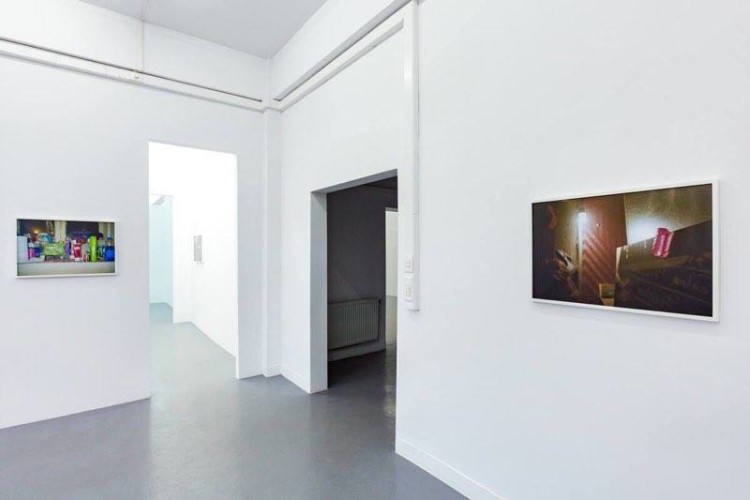
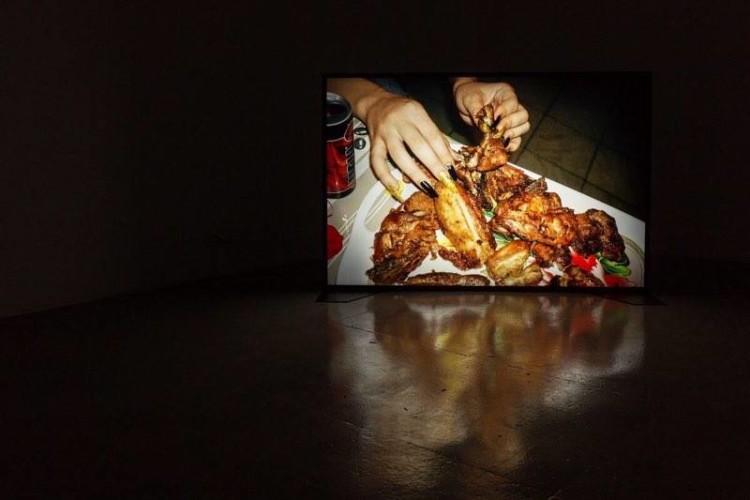

Comments are closed here.